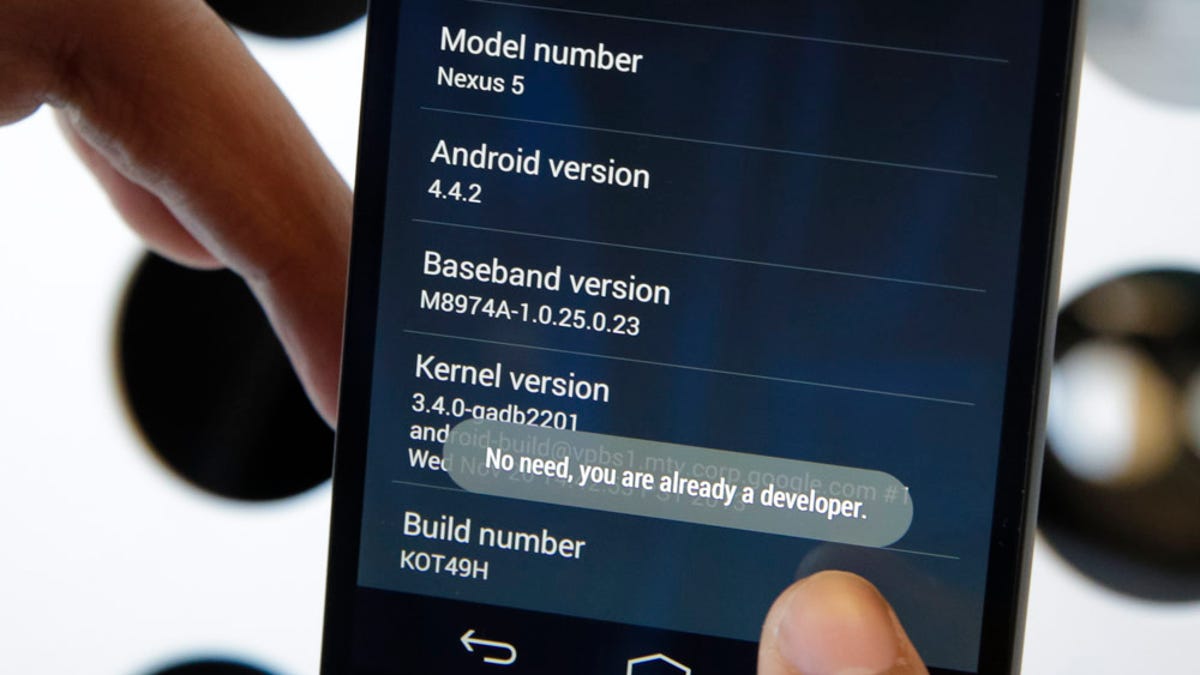Unlocking your Android device can give you access to a world of possibilities that were previously out of reach. Rooting an Android device is the process of gaining administrative access to the device’s system files and settings. This allows you to customize your device in ways that are not possible with a standard, unrooted device. In this step-by-step guide, we will show you how to root your Android device and take advantage of all the benefits that come with it.
Rooting an Android device can be a daunting task, but with the right tools and knowledge, it can be a relatively simple process. We will take you through each step of the process, from downloading the necessary software to backing up your data and installing custom ROMs. By the end of this guide, you will have a rooted Android device that is ready to be customized to your heart’s content. So, let’s get started on learning how to root an Android device!
As a tech enthusiast, you may have heard of the term “rooting” when it comes to Android devices. Rooting is the process of gaining access to the root directory of your Android device, which allows you to customize and modify your device beyond the limitations set by the manufacturer. In this guide, we will take a step-by-step approach to help you understand rooting, prepare your device, follow the rooting process, and post-rooting customization.
Table of Contents
1. Understanding Rooting
Rooting is a process that gives you full administrative access to your Android device. This means that you can remove unwanted pre-installed apps, install custom ROMs, and access system files that were previously inaccessible. The benefits of rooting are endless, from improved battery life to enhanced performance and increased storage capacity. However, it’s important to note that rooting your device can void your warranty and expose you to potential security risks.
2. Preparing Your Device
Before you begin the rooting process, it’s important to backup all your data to avoid losing any important files. You can backup your data using cloud storage or an external hard drive. It’s also essential to enable developer options on your Android device by going to Settings > About Phone > Build Number and tapping it several times until you receive a message that says you’re now a developer.
3. Rooting Process
The rooting process can seem intimidating, but it’s relatively straightforward if you follow the instructions carefully. First, you need to download the necessary software, such as Magisk Manager or SuperSU, onto your device. Next, you need to unlock your bootloader, which allows you to install custom firmware. Finally, you need to follow the step-by-step instructions provided by the software to root your device successfully.
4. Post-Rooting
After rooting your device, you can customize it to your liking. You can install custom ROMs, remove pre-installed apps, and access system files that were previously inaccessible. However, it’s important to note that rooting your device can expose you to potential security risks, such as malware and viruses. Therefore, it’s crucial to only download trusted apps and to keep your device updated with the latest security patches.
5. Conclusion
Frequently Asked Questions
Rooting your Android device gives you greater control over your device and allows you to customize it to your liking. Here are some reasons why someone might want to root their Android device:
– **Access to apps and features:** Rooting your Android device can give you access to apps and features that are not available on non-rooted devices. For example, you can install apps that require root access to work, such as ad-blockers and system-level customizations.
– **Improved performance:** By removing pre-installed apps and bloatware that come with the device, you can free up space and improve the performance of your Android device.
– **Increased battery life:** Rooting your device can also allow you to install custom ROMs and kernels that can help improve battery life and performance.
Are There Any Risks Involved in Rooting an Android Device?
Yes, there are some risks involved in rooting your Android device, including:
– **Voiding the warranty:** Rooting your device can void your warranty, so be aware of the risks before proceeding.
– **Security risks:** By rooting your device, you are bypassing some of the security features put in place by the manufacturer, making it easier for malware and viruses to infect your device.
– **Bricking your device:** If you do not follow the rooting process correctly, you could potentially damage your device to the point where it is unusable.
What are Some Common Methods or Tools for Rooting an Android Device, and How Do They Differ from One Another?
There are several methods and tools for rooting an Android device, including:
– **One-click rooting apps:** These apps, such as KingRoot and OneClickRoot, can root your device with just one click. However, they can be risky and may not work on all devices.
– **Custom recovery method:** This involves installing a custom recovery image, such as TWRP, and then flashing a custom ROM or rooting package. This method is more complex but offers greater control and flexibility.
– **Bootloader unlocking method:** This involves unlocking the bootloader of your device, which allows you to install custom recovery and ROMs. This method is more complicated and can be risky, but offers the most control over your device.
Before rooting your Android device, be sure to do your research and understand the risks involved. Follow the rooting process carefully and make sure to backup your data before proceeding. With the right precautions, rooting your Android device can unlock a world of customization and control.
Conclusion
Thanks for visits imagerocket.net for taking the time to read through this comprehensive guide on how to root your Android device. By now, you should have a better understanding of what rooting is, the benefits and risks associated with it, and the step-by-step process to unlock your device.
It’s important to note that rooting your Android device is not for everyone. If you’re happy with your device’s current performance and functionality, then there’s no need to root it. However, if you’re looking for more control over your device, want to install custom ROMs, or want to access certain features that are not available on your device, then rooting may be the right option for you.
As with any technical process, it’s important to follow the steps carefully and make sure you understand the risks involved. Always backup your data before proceeding, and be aware that rooting may void your device’s warranty.
In summary, rooting your Android device can be a great way to unlock its full potential and customize it to your liking. With this guide, you have the knowledge and tools to take control of your device and make it truly your own. Happy rooting!



